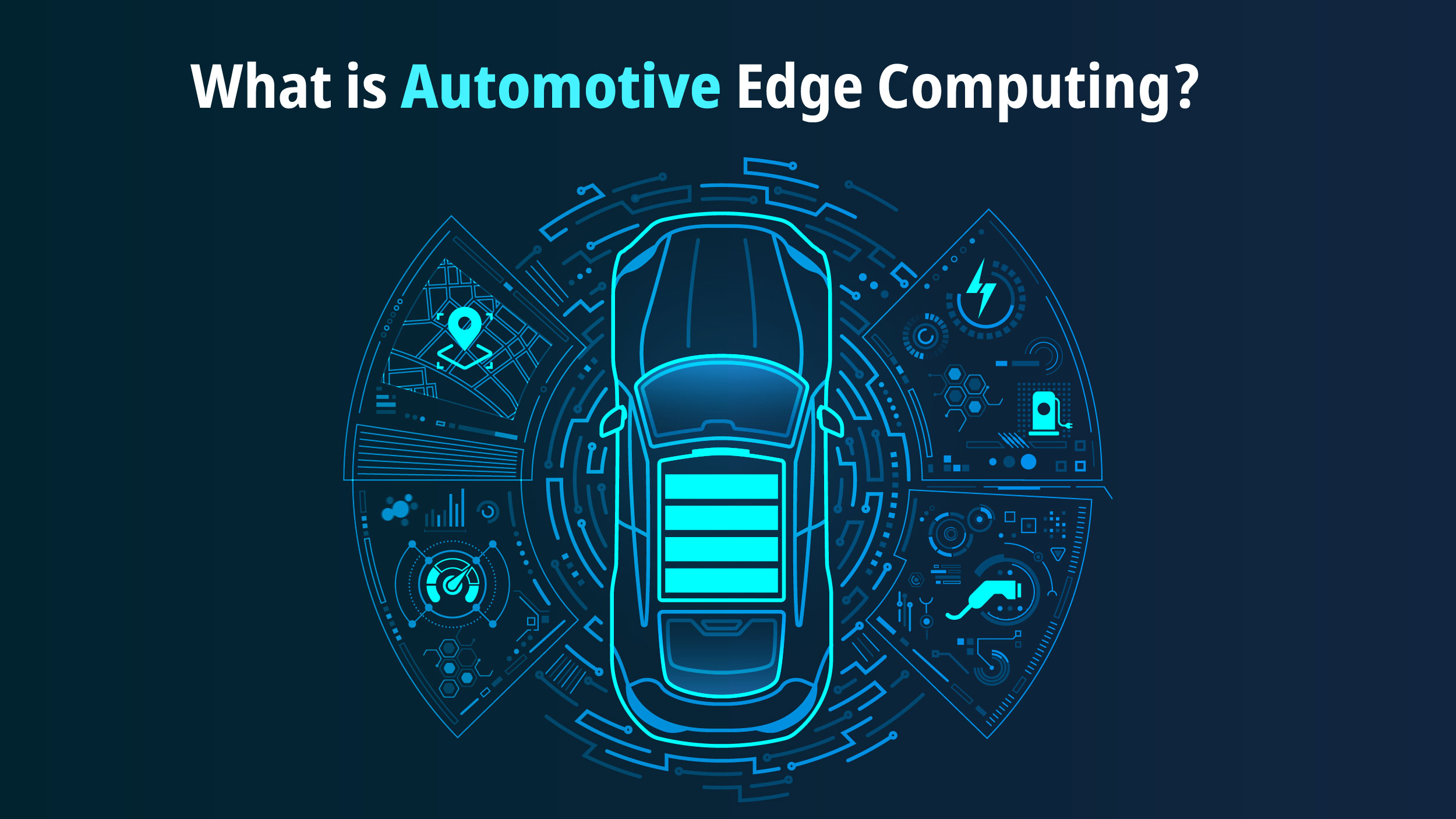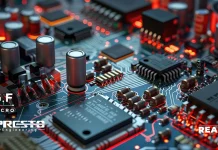Massive volumes of data are generated and relied upon by automobiles as the automotive industry continues to embrace technology. However, managing all of this data effectively within vehicles presents some serious difficulties. We have to deal with latency, bandwidth constraints, and processing power shortages.
This is where automotive computing comes in. It responds to the growing need for data processing in cars and it uses cutting-edge computing technologies. Automotive computing makes real-time data processing, decision-making, and vehicle-to-anything communication possible thanks to powerful processors, sensors, and software systems. Let’s delve into this fascinating subject, shall we?
What is Automotive Computing?
Automotive computing is the technique of handling data processing and enabling various functions in automobiles by means of modern computing technologies. In order to increase safety features, vehicle performance, and user experience overall, onboard microprocessors, sensors, and software systems are used.
Different automotive systems, such as braking and engine control systems, were previously managed independently and frequently by outside parties. For all these reasons, car manufacturers decided to split each function into several independent Electronic control units (ECUs). This way, if one ECU was damaged, the others could still keep the car operational. And the most important functions had a backup ECU, in case the primary ECU failed. This is how we got the concept of functional segregation.
ECUs weren’t developed for these purposes until the 1970s. And even when they were, they weren’t integrated properly. This change has allowed for improved function coordination and the creation of innovative new capabilities by placing computing at the center of the vehicle’s architecture.
Also Read: Is Automotive Recycling Industry At The Forefront of Climate Change?
What is Automotive Edge Computing?

Edge computing in the automotive sector is the implementation of compute and data processing resources that are located at the edge of the automotive network, i.e. closer to the data source or the terminal device. Edge computing enables the processing, streaming, and analysis of data, as well as decision-making, all happening in real-time, inside or in proximity to the vehicle, instead of, or in addition to, a centralized cloud infrastructure.
Benefits of Automotive Computing
- Cutting Down on Maintenance Costs: With cloud computing, automotive companies can say goodbye to expensive on-site IT hardware. They can save big on power usage, labor, and regular maintenance tasks. Service providers are responsible for optimal system functioning, hence, additional cost savings for automakers.
- Elasticity and Agility: Cloud computing provides an extremely elastic and agile platform to store, process, and analyze big data in the automotive industry. It allows automakers to easily scale up their infrastructure when needed, so they can handle growing data needs and be ready for future growth.
- Collaboration and Connectivity: Thanks to cloud computing, automakers can team up with other organizations more easily. It’s a breeze to work together on projects and share resources. Plus, data sharing and integration become seamless across different systems and platforms. This fosters innovation and boosts efficiency in the automotive industry
- Improved Safety and Efficiency: Cloud solutions are a game-changer for self-driving cars. It helps keep data streaming along, so streets are safer and more efficient. With cloud platforms, operators can transmit, process, and analyze data in real-time. This can help develop next-generation driver-assistance systems (ADAS) and connected, autonomous vehicles.
Trends in Automotive Computing
Computing is taking center stage in the automotive industry, with connected vehicles integrating functions to benefit from data sharing. Also, vehicles are actively contributing to live traffic condition data, which enables more accurate and smart management of gridlock, ultimately easing road congestion.
The biggest trend in automotive computing is autonomy and the main way we see that is in enhancements to Advanced Driver Assistance Systems (ADAS). For instance, automatic braking systems have been around for a while but they’ve now become smarter and more responsive in real-world conditions.
Use Cases of Edge Computing in the Automotive Industry

Authentication of devices to ensure data privacy
Today, vehicles are packed with sensors that produce huge volumes of data every second of the day – but if that data is tampered with or sent incorrectly, it could cause accidents. Automotive giants such as Mercedes are betting everything on keeping their cars hack-proof. When it comes to sending data from one place to another, data privacy must be given paramount importance.
To make this possible, we require a good mix of edge infrastructure and low-latency connectivity.
By using edge servers, we can establish a communication protocol between the host and the server for authentication purposes. This allows us to meet the real-time authentication needs of numerous sensors while addressing latency and bandwidth requirements.
Infotainment systems for Better Travel experience
Infotainment systems have become key elements of the in-vehicle experience and are increasingly relevant to both driver and passenger and so have become an important aspect of vehicle purchase decisions. Just consider the hype around the recent Mercedes MBUX launch!
User-friendly and increasingly intuitive infotainment systems cater to the interests of drivers and passengers alike. Edge computing offers new opportunities, eg. for real-time recommendations of currently streamed videos or music. It helps to minimize latency during over-the-air software updates.
Final Takeaway
Automotive computing is a game-changing technology that brings computing power closer to where the data is generated in the automotive industry. It means processing and analyzing data right at the source, whether it’s inside the vehicle or nearby. This fancy tech helps with real-time response, super-fast processing, and efficient use of bandwidth. It’s like turbocharging applications such as self-driving cars, advanced driver-assistance systems, and communication between vehicles.




